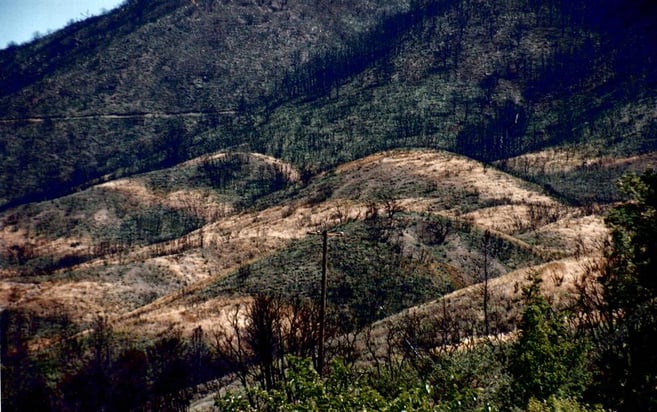2 min read
Recovery is a Long Game: PTSD Following Disasters
![]() Bobby Decker, Operations Specialist
:
November 30, 2018
Bobby Decker, Operations Specialist
:
November 30, 2018

We aren't breaking any news when we note that the recovery process following a disaster is a long and complex process. Schools and communities will still be facing serious challenges even after the news cameras have gone away. One of the primary concerns for emergency managers in this aftermath is trying to reduce the psychological effect disaster-related incidents can have on the human psyche. Depending upon the severity of the incident, post-traumatic stress disorder (PTSD) can be a debilitating condition that lasts for weeks, months, or even years.
Treatment for individuals suffering from PTSD varies greatly. However, one common denominator is that treatment must be the catalyst for recovery. Based on the type of PTSD and the severity, there are many different types of treatments available to victims and families. The most important aspect of seeking treatment is doing research based on an honest evaluation of symptoms and diagnosis.
Here is a quick and certainly not exhaustive list of PTSD symptoms. For more, check out the Mayo Clinic on the topic.
- Irritability or hostility
- Social isolation
- Constantly "reliving" the trauma
- Severe anxiety or mistrust
- Insomnia and nightmares
- Guilt
- Emotional detachment, losing the ability to enjoy activities
- Avoidance of the trauma
Any emergency management plan worth its salt must consider PTSD as part of the recovery process, and ideally has a plan in place regarding what that process looks like. If members of your community need a process like this after an emergency, or you're outlining what your recovery plan looks like, consider incorporating the following elements:
- The first phase, without which the recovery process is severely compromised, is safety and comfort. Simply put, we must provide a safe environment for victims of PTSD following event-related psychological trauma. A safe environment has a calm atmosphere and serves as a place where patients can block out the world, in a manner of speaking.
- Connected-ness is another element that should be in place for appropriate recovery. While outside services, counselors, and others can be of great help, familiar support systems are a powerfully effective way to assist in treating symptoms of PTSD. This may mean connection with family and friends. For example, a child struggling with PTSD symptoms will likely have the best results possible if their recovery process closely involves a parent or similar connection. of the application that should be applied.
- Self-efficacy is when a person providing psychological first aid helps a patient restore their sense of self-sufficiency. Helping someone restore their sense of autonomy is a critical element to successful long-term recovery. A counselor can guide this process by setting achievable goals and assisting as the patient accomplishes them by themselves.
- The last, and perhaps most important, aspect of effective PTSD treatment is hope. Victims of a disaster must see an effective support structure around them in the aftermath of a traumatic event. Not only will these support services provide a "light at the end of the tunnel", but if people know that they exist in advance, it can help calm the initial response of panic or frustration following a disaster.
It's important to note that symptoms of PTSD may manifest immediately after an event even if a particular individual won't suffer long-term. Some immediate trauma is normal. Also, spouses, parents, children, and other close friends and family can severely be impacted by those suffering from extreme PTSD.
The value of preparing your schools and communities with preventative disaster measures cannot be overstated. However, it is critically important to also have a strong psychological and social science component incorporated into these emergency management plans. Frankly, psychological trauma treatment preparation must be considered right alongside physical disaster preparedness.

